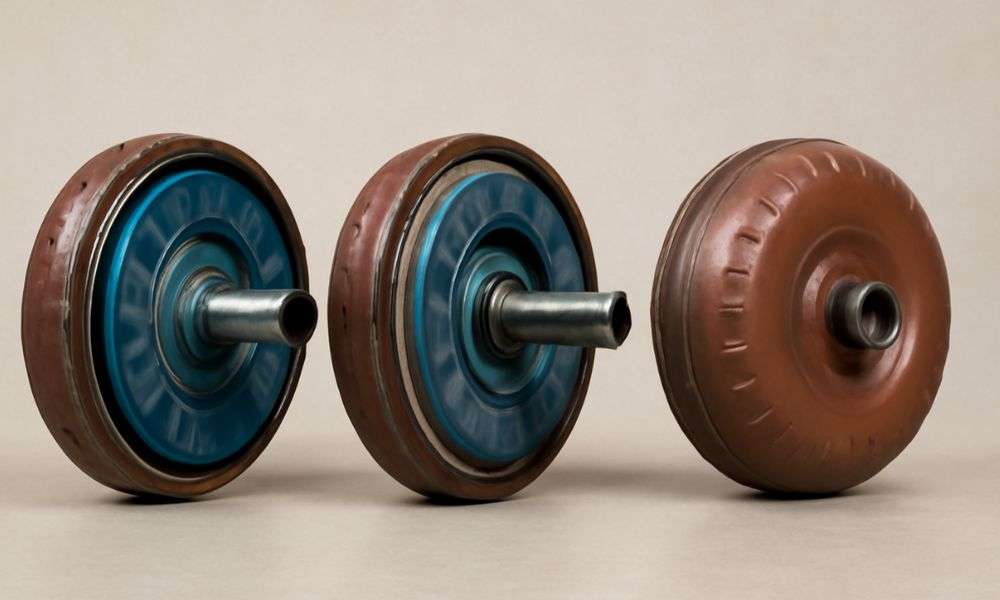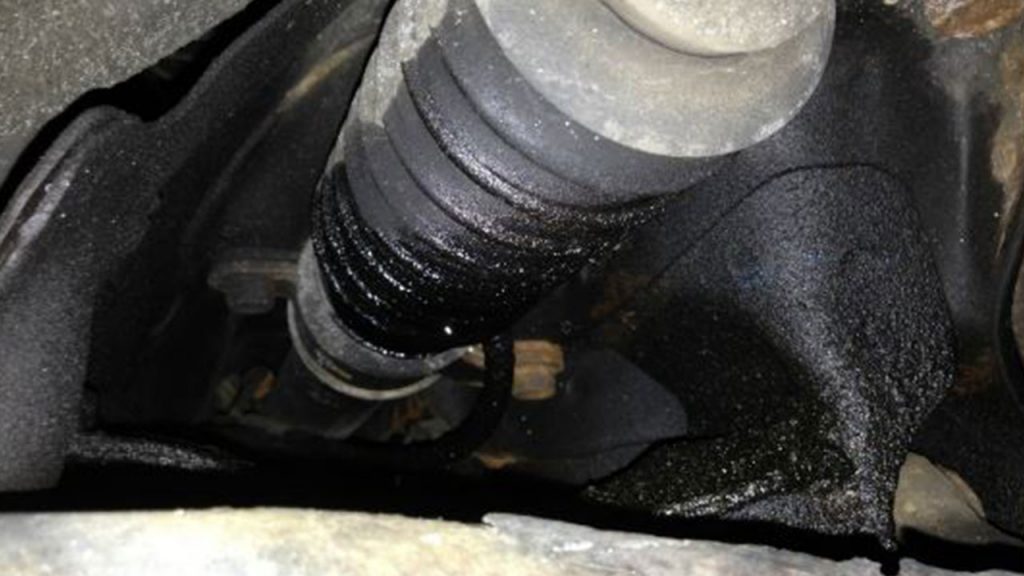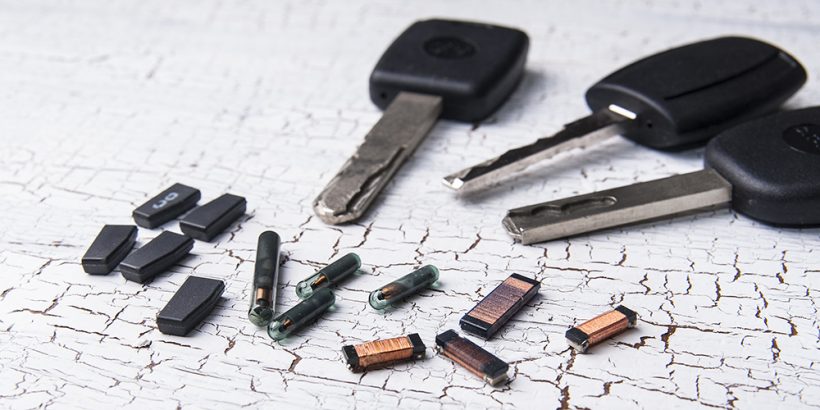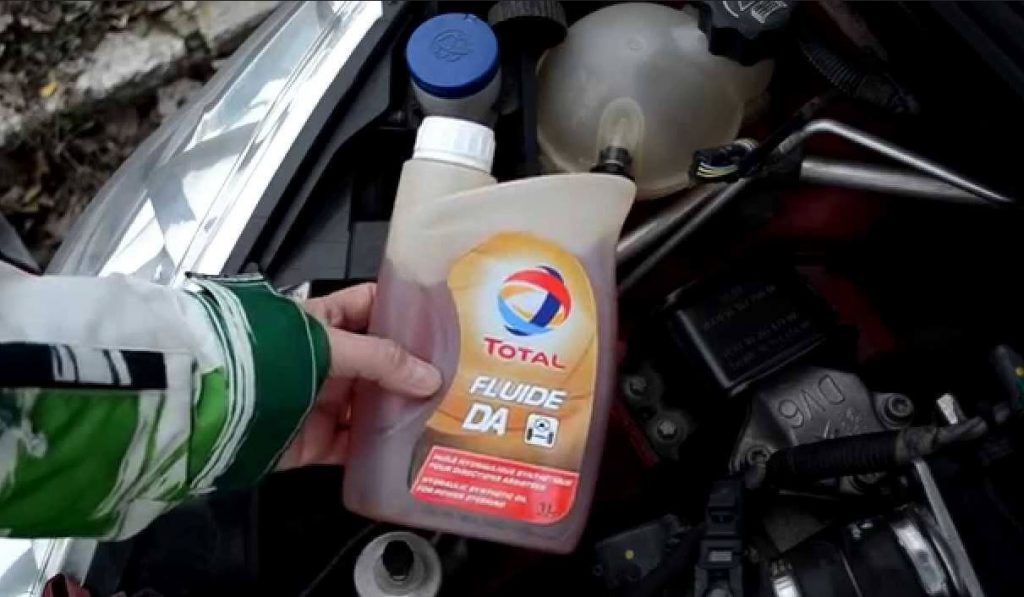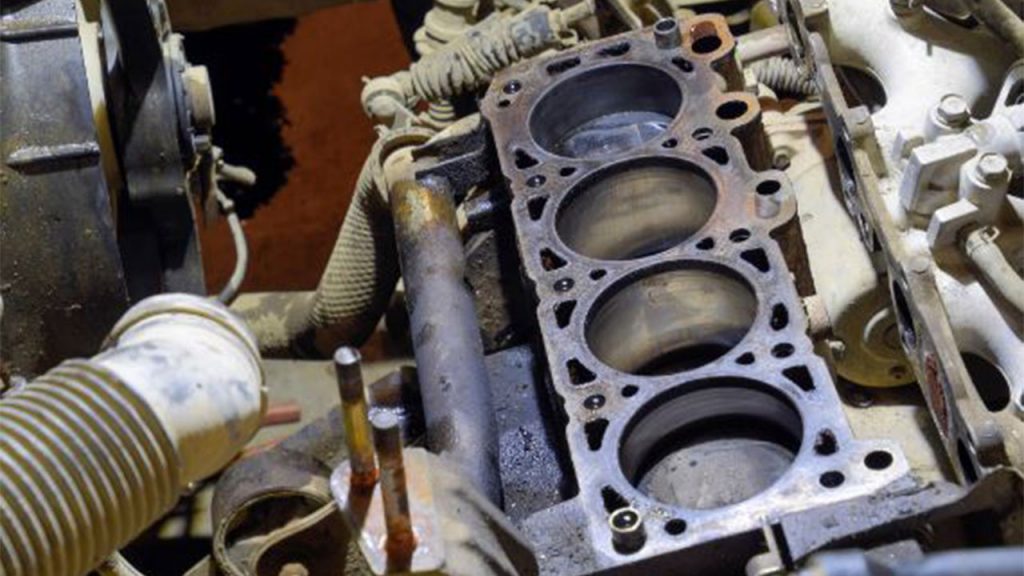In racing, where getting things right the first time is a MUST, not a want, it’s all about precision. Time is everything, and even the most unassuming parts, like the torque converter, are ultimately the deciding factors. The racing torque converters that everyone forgets about but shouldn’t TestingModule long, run-of-the-mill, inefficient torque converters. They’re finely crafted power plants that were designed to capture the raw fury of an engine and turn it into earth-scorching acceleration.
What is the difference from the normal ones? One distinct characteristic: high stall speeds. But what’s really behind this high stall deal? Take your seat, cause we’re going to be putting stall speeds under the microscope, and finding out everything you need to know about stall speeds and racing performance.
Understanding Stall Speed in Torque Converters
Stall speed isn’t some new marketing buzzword; it is the pulse of your torque converter. Consider it the engine’s invitation to the race. The stall speed is the RPM at which the torque converter goes from “not doing anything” to “working.” It’s the moment of truth when the engine’s power is finally transferred to the wheels and the car moves. But here’s the thing: A higher stall speed allows the engine to rev higher before anything happens. This allows the engine to work within its peak power range, maximizing acceleration as the car takes off. This slow-to-deploy approach is no flaw; it’s playing for the maximum torque right from the get-go.
Why Racing Torque Converters Use High Stall Speeds
So why is there so much onus on high stall speeds for racing-friendly torque converters? The answer lies in acceleration. In high-speed racing, it’s all about drag-strip launches. It allows the engine to rev to a higher RPM before power is transmitted to the transmission, ground, tires, and still does the same work or makes the same power or moves the vehicle at the same speed.
The result? The engine is in its best condition in terms of performance with respect to the product of the torque. Consider it as you would a slingshot: The higher the RPM, the more power in the tension before the release. This results in improved traction, quicker launches and a key advantage, especially in drag racing where reaction time is everything.
How to Achieve High Stall Speeds
The smoke and mirrors of high stall speed start with the complicated design of the torque converter. Imagine a set of fluid impellers, stators, and turbines, all cooperating to transfer power. As you raise stall speed, the manufacturer’s internal pieces, such as the stator and turbine, act more aggressively. This enables the converter to slip at high engine speeds, to store and build up energy before it is sent through the transmission and to the drivetrain. The result is significantly more torque on tap at the instant of launch, putting the engine at an advantage before the wheels begin to turn.
Benefits of High Stall Speeds in Racing Cars
And high stall speed is not merely a theoretical benefit, but a real, tangible performance advantage. The biggest advantage for racers is simple: maximizing the engine’s launch and acceleration. The high stall torque converter allows the engine to remain in its power band and produce more power as the car launches at the starting line. For example, in drag racing, faster 60-foot times will mean faster acceleration overall off the line. Even on the track, where quick launches are just as critical, aggressive off-the-line converters ensure that the engine doesn’t bog at low RPM and the car just hammers from the start.
High Stall Vs Low Stall Speed Torque Converters
There’s a pretty distinct line between high stall and low stall torque converters. Low stall converters, once installed, start the engine up at lower RPMs, allowing for smooth and continuous power distribution and are best when used for daily driving or fuel economy. But when it comes to racing? Low stall converters are not the answer. On the other hand, high stall converters are all about power and speed. They can delay the transfer to higher RPMs and faster launches. It’s this feature that makes them a must-have for high-performance applications such as drag or circuit racing, as you need to be sure your car will be at full acceleration.
Related Post: What Is a Torque Converter Stall Speed
Factors Affecting Stall Speed in Racing Torque Converters
What determines torque converter stall speed? It is a fraught balancing act with several moving parts. The output of the engine is also a determining factor – higher power output engines demand higher stall speeds to operate at peak performance. The weight of the vehicle is another factor; lighter vehicles get more out of high stall speeds, communicating their lower inertia throughout the vehicle and allowing quicker launches. And, of course, the type of racing matters. Drag racing? You need a high stall. Circuit racing? The same is true (although in reverse as to the emphasis it places on handling). These factors affect the optimal stall speed for a race.
Tuning and Modifying High Stall Torque Converters
Simply installing a super high stall torque converter just isn’t enough. To minimize the drawbacks, many racers tune their converters to the particular demands of their vehicle. Be it stator and turbine sizing, or a change in type of fluid to alter power transfer, customizing the converter lets racers dial in boatloads of power at the rear axles. These tweaks represent incremental enhancements that have the effect of making the car a bit more alive, a bit faster, and better able to decimate opposition on track.
When To Use A High Stall Torque Converter
A high stall torque converter is not necessary; however, in some racing applications, it is an absolute necessity. When it comes to drag racing – where being the first to the line wins – a high-stall converter is a key component. Other engines in the higher-powered modified street cars need to get the revs for maximum power. In such situations, you will need a high stall converter to launch faster and get better acceleration. But in race scenarios where steep launches and mega power don’t play centre stage, you might not actually need that kind of stall converter.
Performance Torque Converter High Stall
Performance cars require performance parts, and high-stall torque converters are no exception. They enjoy any engineering to get the most out of the engine so the car can accelerate fast without stalling. Performance torque converters are manufactured to handle vehicle performance by requiring a higher rpm to run effectively. This makes sure the car is able to perform to its fullest, whether for drag racing or high-performance street driving.
How Do You Measure and Test Stall Speed?
The stall speed test is easy, but what it means is not straightforward. A racer can determine where the converter engages RPM-wise using a tachometer. This gives them a chance to see how the converter is reacting in different driving situations and to figure out if a higher or lower stall speed would be beneficial to their performance. If it’s too much or too little stall, the car will either not perform at its best or not even work, which is why adjusting the stall speed is so crucial when looking to make your car go faster and faster.
Selecting The Proper Racing Torque Converter For Your Cars
The selection of your torque converter is not something you should take lightly. It takes plenty of knowledge about your engine, transmission, and the type of racing you intend to do. When choosing the right stall speed, a number of factors – including the power of your engine, the weight of your vehicle, and the type of race – must be taken into consideration. Partner with a pro experienced with today’s high-end performance rides, and he’ll make sure you end up with the right converter for your ride’s performance intentions.
High Stall Torque Converters and Drag Racing
High stall torque converters are particularly well-suited for drag racing, where rapid acceleration and quick launches are critical to success. These converters allow the engine to reach its peak power before transferring power to the wheels, enabling the vehicle to achieve faster 60-foot times and overall better acceleration. In drag racing, even a small improvement in launch performance can make the difference between winning and losing.
Maintaining Your Racing Torque Converter
Torque Converters Need Love Too. No matter how good they are, even the best trans requires diet and worship. Frequent checks for wear and tear and making sure the fluid stays topped up and the converter stays clean are important to keep the converter functioning properly. Proper maintenance keeps the converter efficient and ensures that it will provide consistent performance all season.
Conclusion
Related: Stall is Key. High stall torque converters are an essential element of any race-winning equation. They allow a higher RPM before power transfer begins for more rapid acceleration and quicker 1/4-mile times. Whether you are involved with drag racing, circuit racing or need help making the right selections on a new converter, Superior Transmission Parts has the classifications to do this. So if you want to get serious about racing, it’s time to take the governor off of your vehicle with a high-stall torque converter– it’s your ticket to quicker, more consistent performance.

